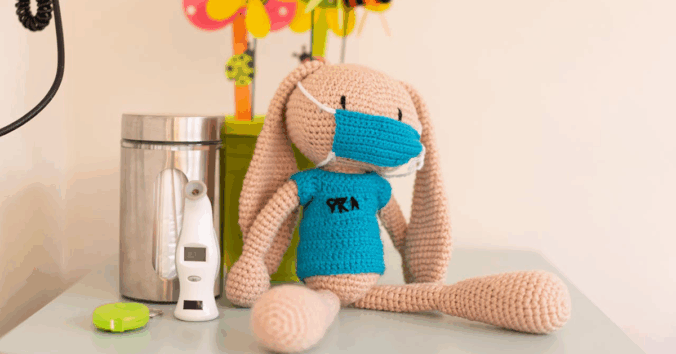Nurses who choose to pursue a doctorate and conduct research in the nursing and health sciences contribute greatly to the development of healthcare: the dissertation projects are often collaborations with healthcare. However, doctoral education in the field contains challenges for both doctoral students and their supervisors. One challenge is that many combine research with part-time work in healthcare. It is difficult to combine two such important and demanding professions, especially if both the doctoral student and the supervisor do so.
To get a clearer picture of the challenges and possible strategies for dealing with them, a systematic literature review of English-language studies of challenges and strategies in nursing doctoral supervision was conducted. The literature review is authored by, among others, Tove Godskesen and Stefan Eriksson, and hopefully it can contribute to improved supervision of nurses who choose to become researchers.
One challenge described in the literature has to do with the transition from a professional life with clear tasks to research that is conducted to a greater extent independently. Doctoral students may be concerned about unclear and difficult-to-reach supervision; at the same time, supervisors may think that doctoral students have their own responsibility to seek support and feedback from them when necessary. Another challenge has already been indicated: supervisors working part-time in healthcare may have difficulty maintaining a consistent meeting schedule with their doctoral students to provide feedback. In addition, difficulties were reported when the proportion of doctoral students is high in relation to the number of potential supervisors. Another challenge has to do with the fact that doctoral students are not always prepared for academic tasks such as writing scientific texts and applying for grants. The doctoral students’ first study can therefore be particularly time-consuming to write and supervise.
Strategies for dealing with these challenges include, among other things, clear agreements from the beginning about what the doctoral student and supervisor can expect from each other. Perhaps in the form of written agreements and checklists. Education of doctoral students for various academic tasks and roles was also mentioned, such as training in grant writing, academic publishing and research methodology. However, supervisors also need education and training to function well in their roles towards their doctoral students. Another strategy reported in the literature was mentoring to initiate doctoral students into an academic environment.
In their discussion, the authors suggest, among other things, that the principles of bioethics (autonomy, beneficence, non-maleficence, justice) can be used as a framework for dealing with ethical challenges when supervising doctoral students in the nursing and health sciences. Ethically well-thought-out supervision is a foundation for successful doctoral education in the field, they write in their conclusion. Read the article here: Ethical Challenges and Strategies in Nursing Doctoral Supervision: A Systematic Mixed-Method Review.
The research seminar does not seem to be mentioned in the literature, I personally note. Regularly participating in a research seminar is an important part of doctoral education and effectively initiates the doctoral student into an academic culture. The seminar enables, not least, feedback from other doctoral students and from senior researchers other than the supervisors. The fact that the group of doctoral students is large can actually be an advantage for the seminar. My experience is that the seminar becomes livelier with a larger proportion of doctoral students, who find it easier to make themselves heard.

Written by…
Pär Segerdahl, Associate Professor at the Centre for Research Ethics & Bioethics and editor of the Ethics Blog.
Godskesen, T., M. Grandahl, A. N. Hagen, and S. Eriksson. 2025. “Ethical Challenges and Strategies in Nursing Doctoral Supervision: A Systematic Mixed-Method Review.” Journal of Advanced Nursing 1–18. https://doi.org/10.1111/jan.70298
We recommend readings














